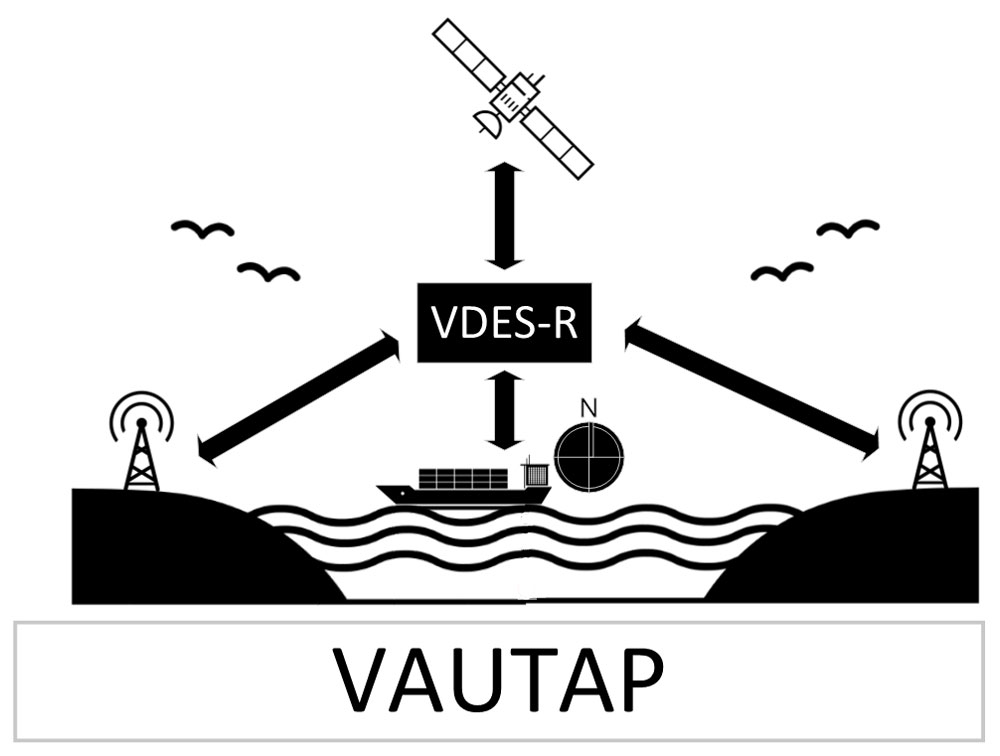As part of the ESA’s Navigation Innovation and Support Programme (NavISP), Telespazio UK is excited to announce that it has been awarded the contract for the Development of Advanced VDES-R User Technologies for Alternative PNT in a project called VDES-R Advanced User Technologies for Alternative PNT (VAUTAP). VDES stands for VHF data exchange system, a communications channel for maritime systems, and VDES-R is a Position, Navigation and Timing (PNT) solution independent of Global Navigation Satellite Systems (GNSS) that will be developed in this project for maritime use.
GNSS have become the primary marine aid-to-navigation and source of PNT information. Yet, all GNSS are vulnerable to natural interference, deliberate and accidental jamming and spoofing. Trials have demonstrated that degraded GNSS produce hazardously misleading information and erroneous vessel positions without alarms being raised. As ships’ systems become increasingly digital – with the introduction of a wide range of supporting services and the emergence of autonomous vessels – PNT accuracy, integrity, continuity and availability become increasingly critical.

A system-of-systems approach to PNT resilience is now widely accepted; such an approach requires that systems other than GNSS be utilised to provide resiliency. One such system is the Very High Frequency Data Exchange System (VDES) – a new maritime radio communication system being developed by the international maritime community (with open standards), on a frequency band recently allocated by the International Telecommunication Union (ITU).
At the same time, there is an investigation on the potential use of these VDES communication signals transmitted from shore-based stations for positioning – a concept commonly referred to as ‘ranging mode’, or R-Mode.
VDES R-Mode is still at a relatively low Technology Readiness Level and much of the standardisation required for such system-of-systems components is not yet in place, giving developers the opportunity to propose and develop better waveforms, techniques, components and concepts to provide truly resilient PNT.
The VAUTAP project will utilise the strong alliance and experience of Telespazio UK’s consortium to investigate, consolidate and develop new algorithms, waveforms, software and hardware, to evolve VDES R-Mode closer to an operational and viable component of a resilient PNT System-of-Systems.
Mark Hewer, CEO of Telespazio UK, said: “This is a great opportunity for us to be part of this important ESA project, which will build on the work that has already been done within the Alternative-PNT arena, especially with new maritime concepts. We are pleased to be leading such a strong team and look forward to developing a proof of concept that will help protect against malicious threats to GNSS systems and ultimately will make an important difference to maritime users.”
Cato Eliassen, Product Manager at Kongsberg Seatex, said: “KSX has, through the R-Mode Baltic project portfolio, gained an experience with Terrestrial VDES R-Mode and will, through the VAUTAP project, lift this knowledge further to support the maritime application layer.”

